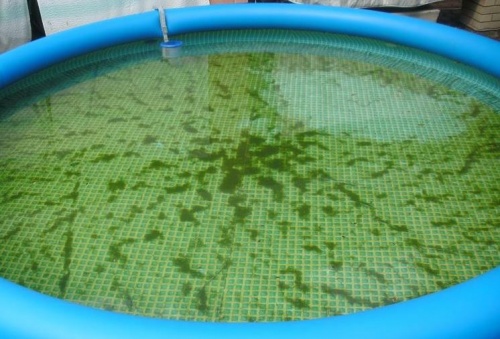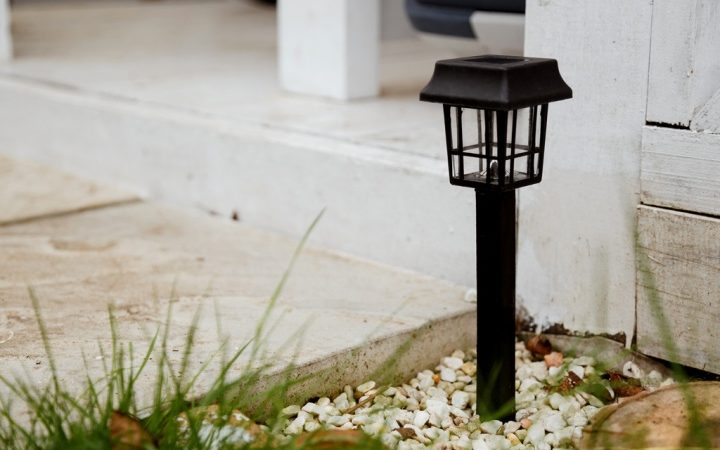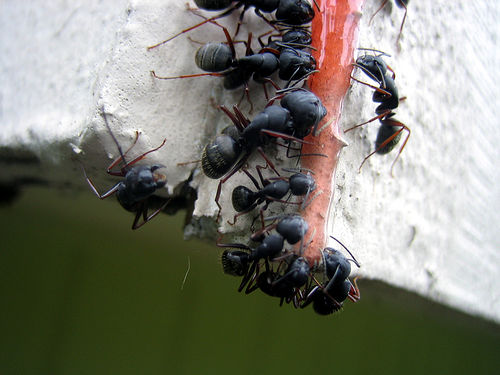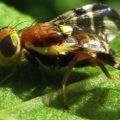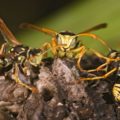The western walnut borer, which damages walnut trees, also appeared in Various County; the pest is spreading rapidly, it is not possible to eradicate it completely, therefore the most important task is to curb the spread, the report said in 2012. Today, this pest is causing trouble and blackening nuts in more and more places.
Walnut shell flywheel – a relatively new pest in Hungary
A plant protection zoologist from the Soil Protection Directorate said it is difficult to prevent the pest from spreading quickly because most walnut trees grow scattered. In many county there is a continuous walnut plantation on an area of about 44 hectares, but there are a lot of walnut trees growing in the home gardens, as curbs along roads, dirt roads, in parks, in wooded areas. said the 2012 report.
He is native to America walnut shell drill (Rhagoletis completa Cresson) it came to Europe in the 1980s. The first specimens in Hungary were found in 2011 in the vicinity of Kőszeg by the experts of the University of West Hungary. The pest was identified by the National Food Chain Safety Office (NÉBIH) in the summer of 2012.
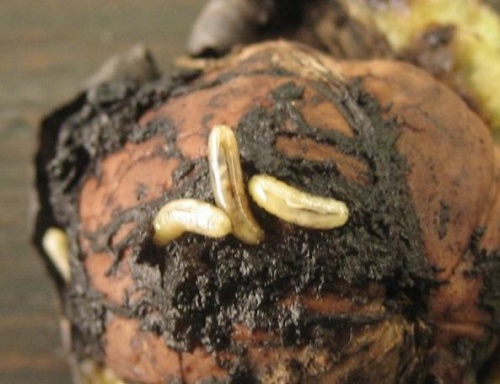
How can we protect against walnut drill?
One of the most effective ways to control it is to burn the infected walnut shells or cover the bottom of the trees with foil, as this can prevent the larvae of the walnut burrow from getting into the soil, the expert said.
The pest lays its eggs in the middle of summer, on the fruit cover of the still green walnut, a female can lay up to 400 eggs. At this time, only small, black dots and puncture marks can be observed on the fruit surface – on the green cover. The larvae that develop from the eggs feed on the flesh of the outer green casing, so the casing becomes slimy, liquefied, later browns and blackens. The husk adheres to the hard shell of the walnut, molds or falls off the tree prematurely, rendering the fruit unfit for consumption.
How can we spray walnut shell drill?
Authorized insecticides:
- Karate Zeon 5CS
- Calypso 480 SC
- Mospilan 20 SG
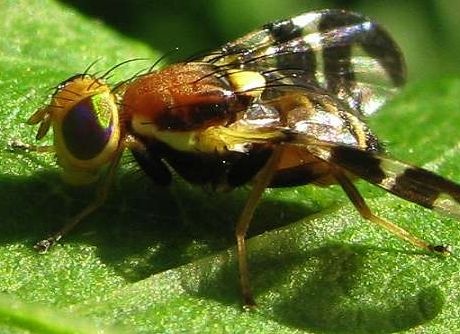
The damage is easily confused the bacterial disease of walnuts (Xanthomonas campestris cv. juglandis) with symptoms that only occur in warm, humid weather. The bacterium causes irregular, watery blackening spots on leaves, shoots, canes, flower buds and the peel of the fruit.

